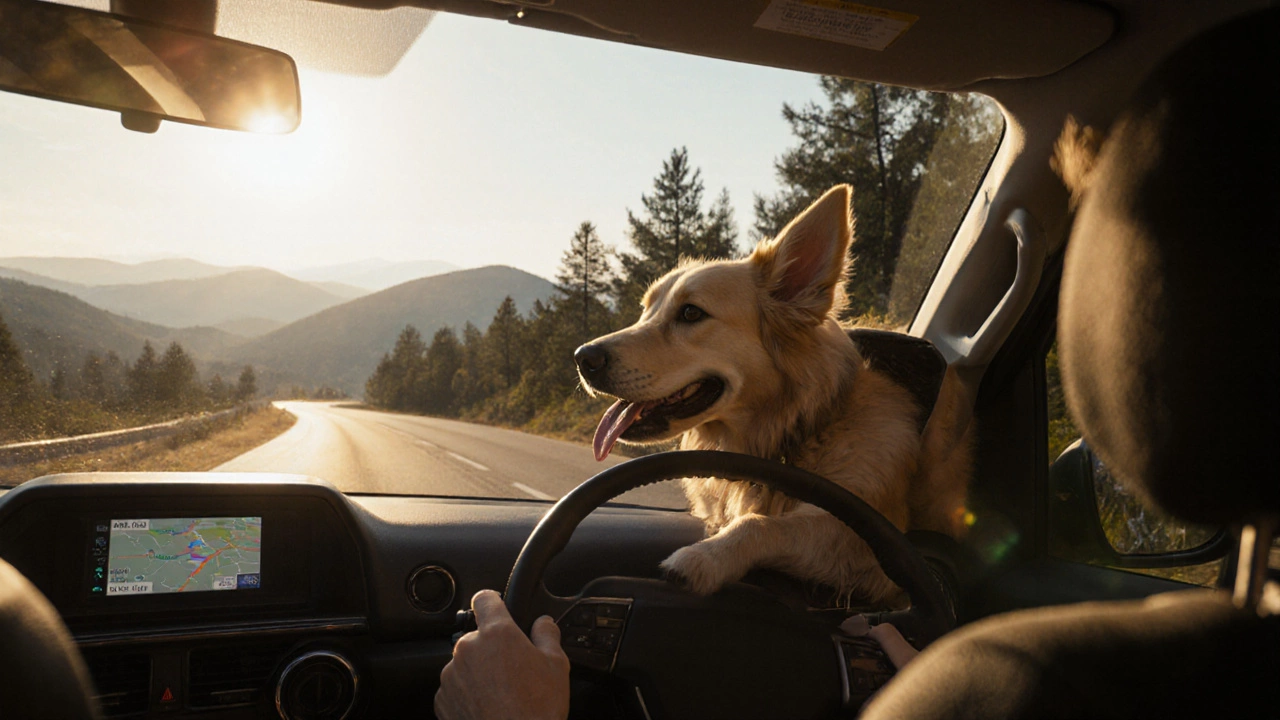North Carolina Dog Parks: Your Go‑to Guide for Play, Exercise, and Fun
When you think about North Carolina dog parks, public spaces where dogs can run off‑leash, socialize, and get the exercise they need. Also known as NC dog parks, they are a core part of the state's pet‑friendly culture, linking towns, trails, and community life. These parks connect owners to safe outdoor areas, offering water stations, fenced sections, and often agility equipment. In short, they give dogs a place to be dogs while giving owners peace of mind.
The concept of a dog park, a designated area that lets dogs play without a leash under supervision extends beyond just a fenced yard. It includes amenities like separate sections for small breeds, waste‑bag dispensers, and shaded benches for owners. When a park combines these features with clear signage, it reduces conflicts and keeps both pets and people safe. That safety angle ties directly into dog safety, practices that protect dogs from injury, illness, and stress, which is essential whether you’re at home or on the road.
Understanding dog behavior, the ways dogs communicate through body language, vocalizations, and play styles makes visits to parks smoother. A dog who knows when to back off or read another's signals will enjoy the space without triggering fights. Simple cues—like a relaxed tail, open mouth, or playful bow—let owners gauge comfort levels. This knowledge also helps when planning dog‑friendly travel, trips that accommodate a dog’s needs for rest, exercise, and safe transport. Whether you’re driving to a coastal park or flying to a city with pet‑friendly hotels, keeping behavior in mind prevents anxiety and makes the journey pleasant.
North Carolina’s geography adds another layer to the park experience. From the mountains near Asheville to the beaches near Wilmington, each region offers unique terrain. Mountain parks often feature hiking trails that let dogs explore varied elevations, while coastal parks provide sand and surf for sensory play. Seasonal changes also influence park use—summer heat means more water stations, while winter might bring fewer visitors and a chance for quieter walks. Knowing the local climate helps owners pick the right time of day, pack water, and bring appropriate gear, reinforcing the safety and enjoyment of each outing.
All this information sets the stage for the article collection you’ll find below. Together, the posts cover everything from choosing the right park based on size and amenities, to mastering polite petting etiquette, handling travel logistics, and even picking healthy food for your dog after a day of play. Whether you’re a first‑time park goer, a seasoned dog owner, or someone planning a road trip across the Tar Heel State, the resources here will give you practical tips you can use right away.
Ready to dive deeper? Scroll down to explore a curated list of guides that answer the most common questions about North Carolina dog parks, dog‑friendly travel, behavior cues, and safety practices. You’ll find actionable advice, real‑world examples, and clear steps to make every visit a success.
Posted By Bryndle Redding On 5 Oct 2025 Comments (0)
Best Dog‑Friendly City in North Carolina - 2025 Guide
Discover the most dog‑friendly city in North Carolina, how we rank them, and a practical guide to planning a pet‑ready trip in 2025.
READ MORE